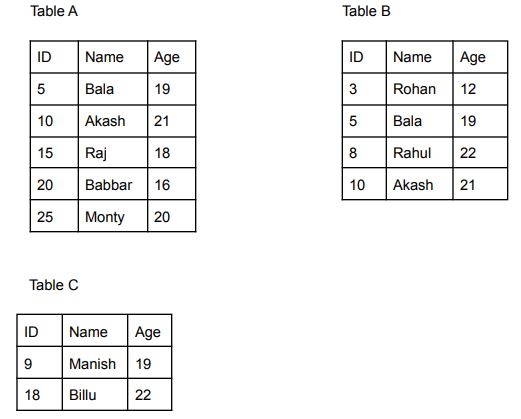ABOUT THE COURSE :
Databases are the backbone of almost all the digital services and e-governance solutions. Modern businesses and financial systems heavily depend on databases systems and transaction processing for their successful operation. This course introduces the students to the various theoretical and practical principles involved in the design and use of databases systems with the help of database management systems (DBMS) and the SQL Standard
INTENDED AUDIENCE : Any Interested Learners
PREREQUISITES : Studying B Tech (computer science) 3rd year, Discrete Mathematics or Discrete Structures, Programming and Data Structures
Nptel Introduction to Database Systems Week 3 Assignment Answer
Course layout
Week 1 : Introduction and part of E/R Model Module
Week 2 : ER Model Module
Week 3 : Relational Model Module
Week 4 : Relational Model Module
Week 5 : TRC Module and part of SQL Module
Week 6 : SQL Module
Week 7 : Indexes Module
Week 8 : Indexes Module + Query Processing Module
Week 9 : Normal Forms Module
Week 10 : Normal Forms Module
Week 11 : Transaction Processing Module
Week 12 : Transaction Processing Module
Week 2 : ER Model Module
Week 3 : Relational Model Module
Week 4 : Relational Model Module
Week 5 : TRC Module and part of SQL Module
Week 6 : SQL Module
Week 7 : Indexes Module
Week 8 : Indexes Module + Query Processing Module
Week 9 : Normal Forms Module
Week 10 : Normal Forms Module
Week 11 : Transaction Processing Module
Week 12 : Transaction Processing Module
Nptel Introduction to Database Systems Week 3 Assignment Answer
Week 3 : Assignment 3
Due date: 2025-02-12, 23:59 IST.
Assignment not submitted
State if the following statements are TRUE or FALSE:




